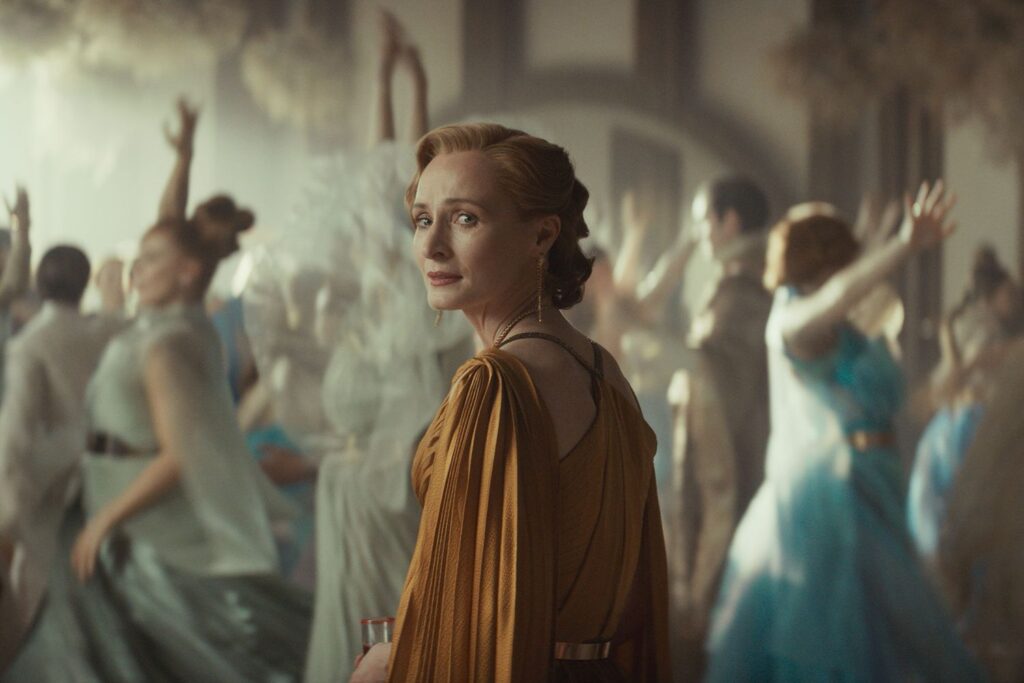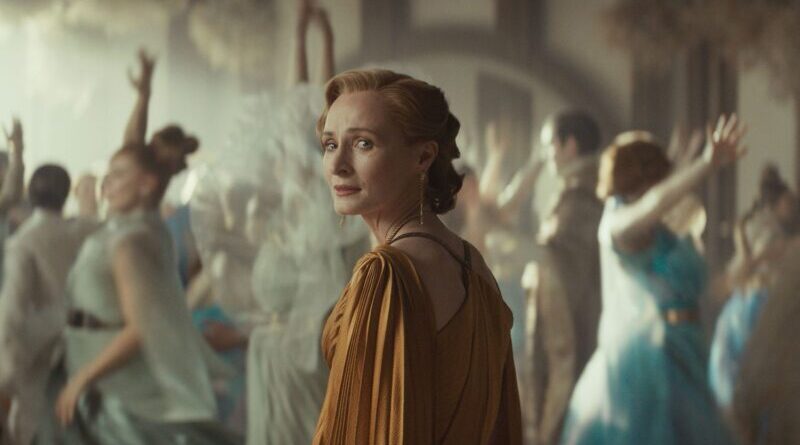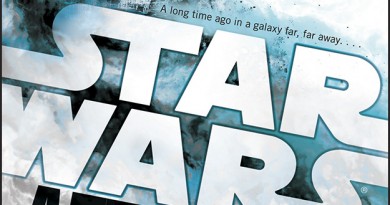REVIEW: ANDOR Season 2

Women are the backbone of rebellion: that is the clear message of Andor’s second season. Mon Mothma ascends to her role as leader of the Rebel Alliance. Her cousin Vel plays a crucial role in Luthen’s accelerationist tactics. Bix harnesses the trauma of her torture on Ferrix to find a new purpose in life. Kleya shines in a bottle episode that showcases how crucial she is to Luthen’s accomplishments. His mother Maarva’s legacy ever looms over his motivations. While none of them are the center of the show, Cassian Andor’s journey to his heroic sacrifice in Rogue One couldn’t have happened without them. And this importance of female allies to Cassian’s path is not limited to our familiar significant characters from season one. From the earliest scenes of season two, minor characters also play indispensable roles in his success, starting with a black woman, an undercover mole for the Rebellion, who launches Cassian on his first mission of season two.
Cassian’s latest adventures start a year after season one, undertaking a solo mission while the Ferrix refugees Bix, Brasso, Wilmon, and B2EMO try to make a new life as undocumented immigrants in an agriculture community that needs their mechanical skill set. Rather quickly, though, Cassian finds his mission to steal valuable Imperial tech going sideways. He ends up stranded at his rendezvous point with a rebel faction missing its female leader. Without her stewardship, these rebels devolve into petty infighting that spells their demise. This entire segment is a projection of what will happen to the loosely held together Rebel Alliance if a leader doesn’t rise among them.

On Chandrila, Mon Mothma attends to her daughter’s wedding. In a long sequence unfolding as a continuous shot, we see the many different pieces of her life the Senator is juggling at once. While she has acquaintances on many sides, she discovers quickly that relatively few are true allies. All her alliances become suspect, but the lesson serves her well on her path to shedding her Senator cloak and donning her Rebel leader attire.
If the first three episodes set up the major players, Mon and Cassian, toward their eventual meeting, the second trio of episodes – set a year after the first three – showcase the tension brewing beneath the surface on all sides of the war. This section of the series is dense, but it’s doing the heavy lifting for the third section. Put your phone down and really pay attention during this arc. Dedra (Denise Gough) and Syril (Kyle Sollar) ride their ambition and twin flames romance into the thick of an Imperial plot on Ghorman that will change them both.
Advancing the story another year, the third trilogy of episodes is marked by death and sacrifice. This is the meat of the story: the Ghorman massacre and its immediate aftermath. It’s also in these episodes where Gilroy’s passion for history shines, as he weaves aspects of many real world resistances into the tension on Ghorman. How many times have oppressors usurped the lives of innocents because they wanted to control a resource? Unfortunately the Ghor don’t realize the boot on the neck is a deliberate ploy to instigate their open resistance to justify their slaughter to the public.
The fourth arc, containing the final three episodes set a year after the Ghorman Massacre and on the eve of Rogue One, in many ways feels like a combination of an interlude and an epilogue amid those comparatively climactic events. Yet even if the urgency of the plot isn’t quite as dramatic, the choices and actions that determine the fates of Andor’s principal characters are as compelling and emotional as ever. The episode with Luthen and Kleya is one of my favorites as it looks back at what made the man we know in Andor.
Andor’s second season reinforces and further develops the political and social themes from the first season. Even more this time, for example, the series shows us how fascism chews up and spits out anyone who participates in its horrors and oppressions. No matter a person’s position in the Imperial hierarchy and its adjacent infrastructure, everyone is disposable. Ultimately, parallel with Cassian’s sacrifice, this theme too reaches its apex in Rogue One when Director Krennic realizes too late that, in the Empire, no one is indispensable. Like season one, the second season of Andor demonstrates how storytelling grows stronger with skilled storytellers with expertise in their source material: in this case, not only some deep cut Star Wars lore and connections to broader franchise context, but also a writing team that really understands the history of oppressive regimes in the real world.
Andor will be remembered as an iconic war story in the vein of Schindler’s List, The Bridge on the River Kwai, Lawrence of Arabia, and Saving Private Ryan. Tony Gilroy and his writing team treats his characters as real people, who experience the trauma of oppression and are motivated by it. Andor is a historical fiction written about a galaxy far, far away. There is no happy ending as war rages and tyranny gobbles up its victims and its allies with equal appetite. This is a cold, vicious story that demands you care about every character you see and mourn their loss when the inevitable end comes for them. Cassian Andor may be the hero, but the women – Mon, Bix, Vel, Cinta, and Kleya – prove to be the heart of the Rebellion.
I want to close this review with a discussion of a key scene involving sexual assault at the end of the third episode. I recommend that Disney+ should add a trigger warning to this episode. I watched that episode and found it disturbing, but let it sit with me until I saw the story to the end. The questions I asked myself were, “What is that scene intending to do for the female character who is victimized by the sexual assault? Was there another way to attain the same goal for her character development?” With the whole of season two in mind, I am absolutely convinced that the sexual assault was not the only option to move that character to the place she needed to be. Too often sexual assault is a crutch for storytellers, and there are many other possibilities in a talented writer’s toolbox. Tony Gilroy is a very talented writer, and he readily could have made a less lazy choice for a plot point in one of the episodes he wrote personally. Most of all, though, the presence of this scene makes me sad because some women will see the sexual assault scene and turn off the show, missing out on the powerful message the entire show otherwise has to say about women as a force to resist oppression.
- Hyperspace Theories: Bad Luck Ghorman - June 2, 2025
- Hyperspace Theories: One Year Later as ANDOR Kicks Off Season Two - May 15, 2025
- REVIEW: Tales of the Underworld - May 4, 2025











